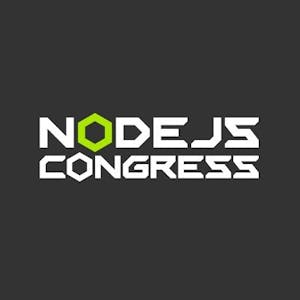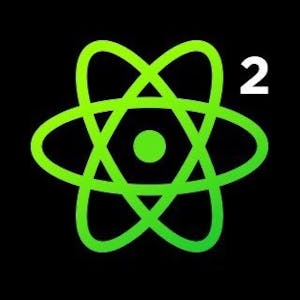This Talk explores the use of TypeScript, 3JS, hand recognition, and TensorFlow.js to create 3D experiences on the web. It covers topics such as rendering 3D objects, adding lights and objects, hand tracking, and creating interactive gestures. The speaker demonstrates how to build a cube and a bouncy box, move objects with flick gestures, and create a solar system with stars and planets. The Talk also discusses the possibilities of using hand gestures for web navigation and controlling websites, as well as the performance limits of these technologies.












Comments